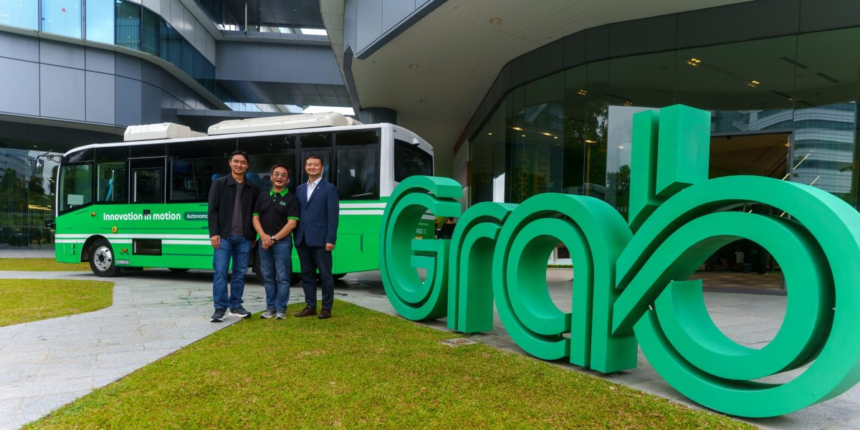The Grab-operated shuttle, which ferries employees back-and-forth between 2 p.m. and 4 p.m. each day, is just a pilot, yet CEO Anthony Tan sang the praises of AVs on an earnings call on Thursday.
“We are leaning heavily into the AV opportunity, or what we think of as driverless AV opportunity across Southeast Asia. We are in prime position to support the AV transition over the next few years,” Tan said in response to a question on the call about how quickly Grab anticipates a commercial launch of its driverless offerings.
Grab’s CEO elaborated that the company will continue to build strong relationships with global AV players and OEMs, and touted the platform’s regional reach. Grab is present in eight countries across Southeast Asia.
“We have several pilots planned at the moment,” Tan said, including one with Autonomous A2Z, a Korean AV manufacturer. He said to “expect to hear [about] more pilots,” which will allow Grab to understand the operational conditions for different driverless vehicle services throughout the region.
While there are concerns that driverless taxis will eliminate jobs, some Southeast Asian transport operators say they struggle to find drivers to meet demand throughout the day. AVs could fill these supply shortages when there are fewer drivers on the road.
The company’s financial services segment, while starting from a lower base, was its fastest-growing division. Revenue in that segment grew 41% year on year to reach $84 million, while its loan portfolio grew by 78% to hit $708 million.
Grab chief operating officer Alex Hungate was confident that Grab’s loan book could exceed $1 billion by the end of the year, citing its strong product lineup. Loans can be a significant revenue driver for companies like Grab, as nontraditional lenders can charge higher interest rates to cover the increased risk of lending to underbanked customers.
Grab shares, which are traded in New York, are up 0.6% in premarket trading. The company’s shares are currently up 11.6% for the year thus far.








